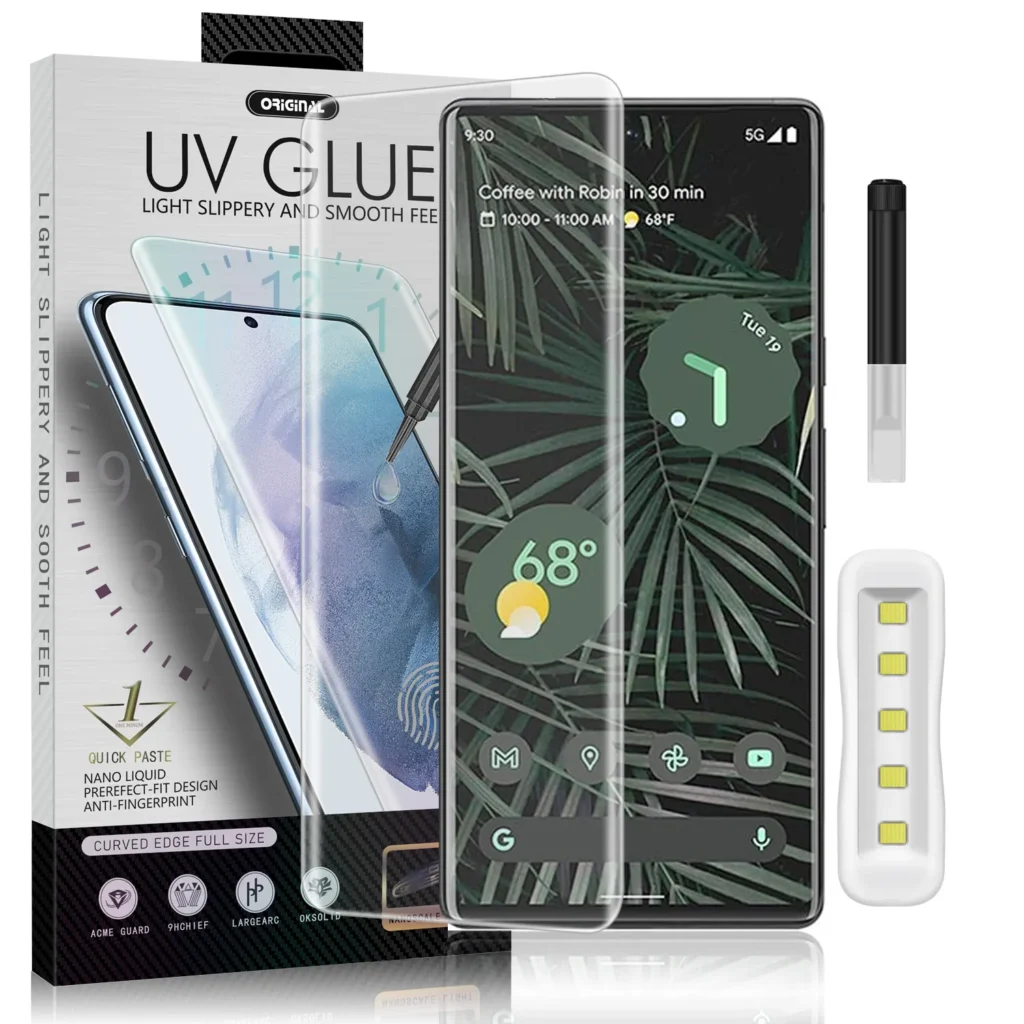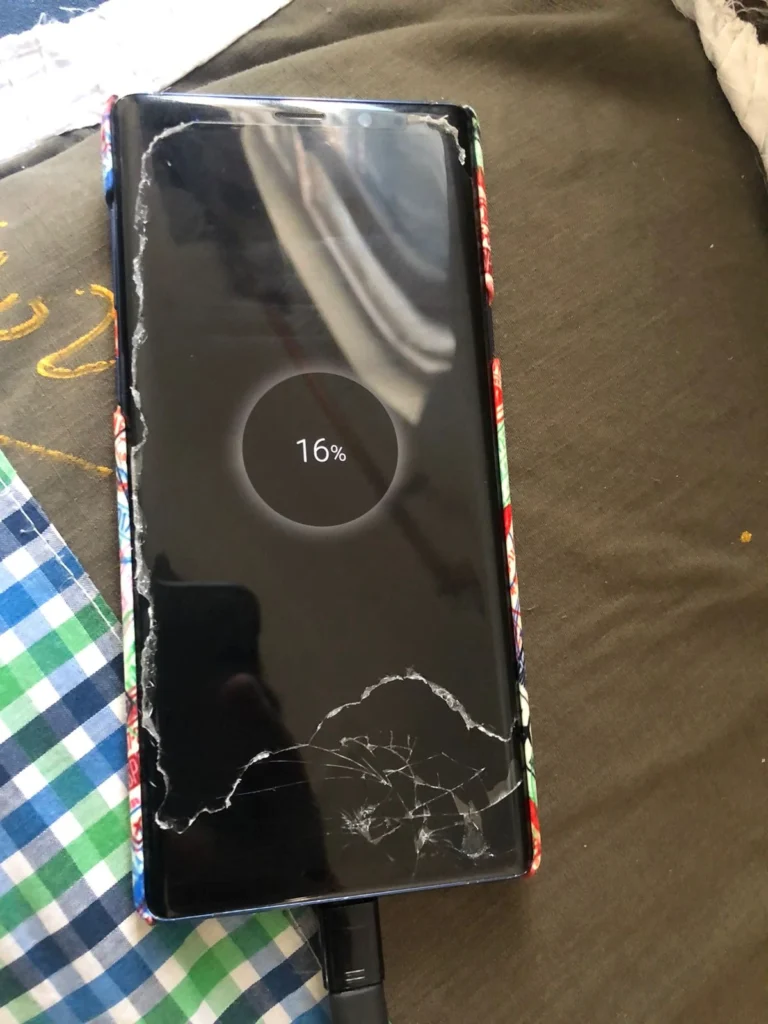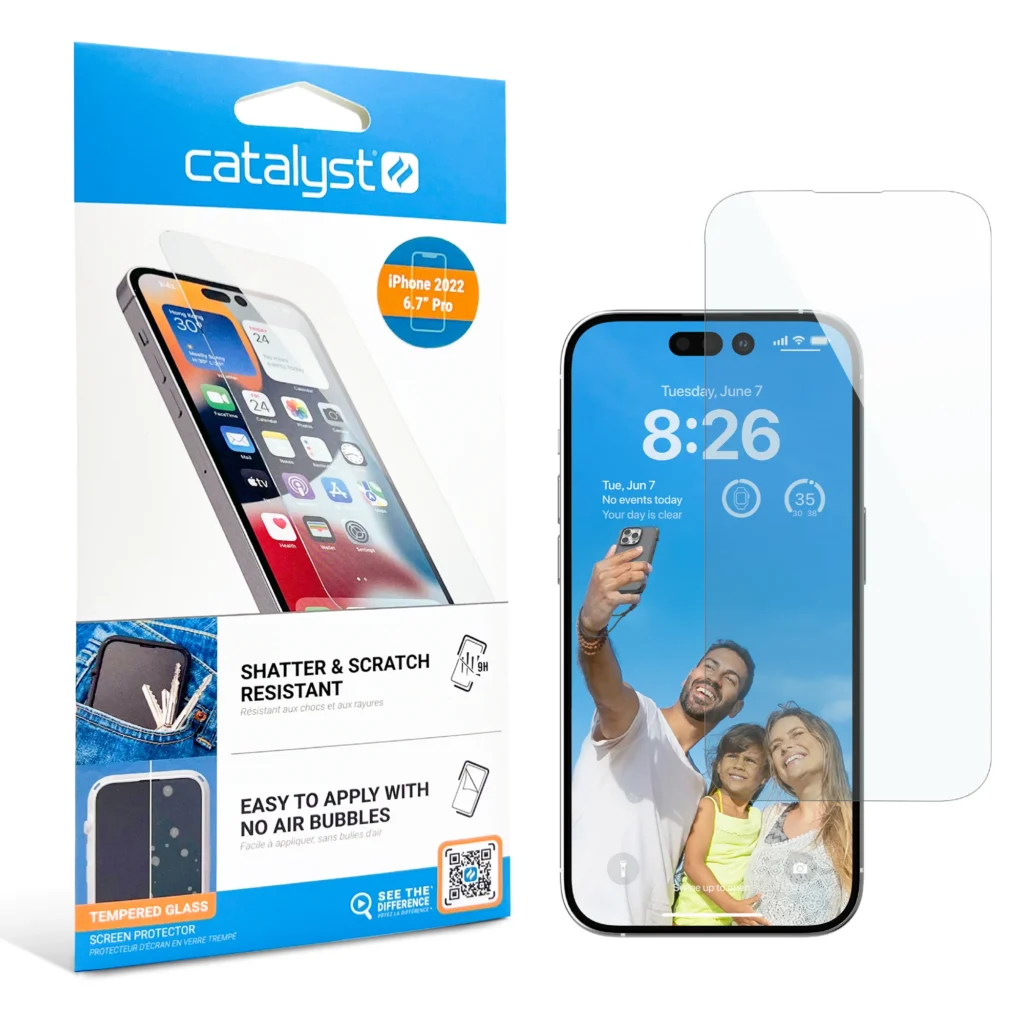When it comes to protecting your smartphone or tablet screen, choosing the right screen protector is crucial. In Sri Lanka, two popular options are UV Tempered Glass and Full-Glue Glass. Both have their pros and cons, and understanding these can help you make an informed decision. This guide will explore the differences, benefits, and drawbacks of each, while also addressing repair and maintenance concerns. Whether you’re searching for UV tempered glass price in Sri Lanka or wondering is tempered glass UV resistant, this article has you covered.
What is UV Tempered Glass?

UV Tempered Glass is a type of screen protector that uses ultraviolet (UV) light to bond the glass to your device’s screen. It is known for its durability, clarity, and enhanced protection against scratches and cracks. The UV dome tempered glass variant is particularly popular due to its curved edges, which provide full coverage for devices with curved screens.
Pros of UV Tempered Glass:
- Superior Protection: UV tempered glass is highly resistant to scratches, cracks, and impacts, making it ideal for heavy-duty use.
- Crystal Clear Clarity: Offers excellent transparency, ensuring your screen’s display remains sharp and vibrant.
- UV Resistance: Many UV tempered glasses are designed to block harmful UV rays, protecting your eyes and the screen.
- Full Coverage: The UV dome tempered glass variant provides edge-to-edge protection, especially for curved screens.
Cons of UV Tempered Glass:
- Difficult to Remove: The adhesive used in UV tempered glass is strong, making it challenging to remove without professional help.

- Higher Cost: The UV tempered glass price in Sri Lanka is generally higher compared to other screen protectors.
- Installation Complexity: Requires UV light for installation, which may not be convenient for everyone.
What is Full-Glue Glass?

Full-Glue Glass is another type of screen protector that uses a full layer of adhesive to stick to the screen. Unlike UV tempered glass, it doesn’t require UV light for installation, making it easier to apply.
Pros of Full-Glue Glass:
- Ease of Installation: No need for UV light or special tools, making it user-friendly.
- Affordable: Generally cheaper than UV tempered glass, making it a budget-friendly option.
- Easy to Remove: The adhesive is less aggressive, allowing for easier removal and replacement.
Cons of Full-Glue Glass:
- Less Durability: While it offers basic protection, it may not be as strong as UV tempered glass against heavy impacts.
- Air Bubble Issues: Improper installation can lead to air bubbles, affecting the screen’s clarity.
- Limited Coverage: May not provide full edge-to-edge protection, especially for curved screens.
Repair and Maintenance: UV Tempered Glass vs. Full-Glue Glass
One of the key differences between the two is their repair and maintenance. UV tempered glass is notoriously hard to remove due to its strong adhesive. If it cracks or gets damaged, you may need professional assistance to replace it, which can be inconvenient and costly.
On the other hand, Full-Glue Glass is easier to remove and replace, making it a more practical choice for those who frequently change their screen protectors. However, it may require more frequent replacements due to its lower durability.
Which One Should You Choose?
The choice between UV tempered glass and Full-Glue glass depends on your needs and budget. If you prioritize durability and UV protection, and don’t mind the higher UV tempered glass price in Sri Lanka, then UV tempered glass is the way to go. However, if you prefer an affordable, easy-to-install option that’s simple to replace, Full-Glue glass might be more suitable.